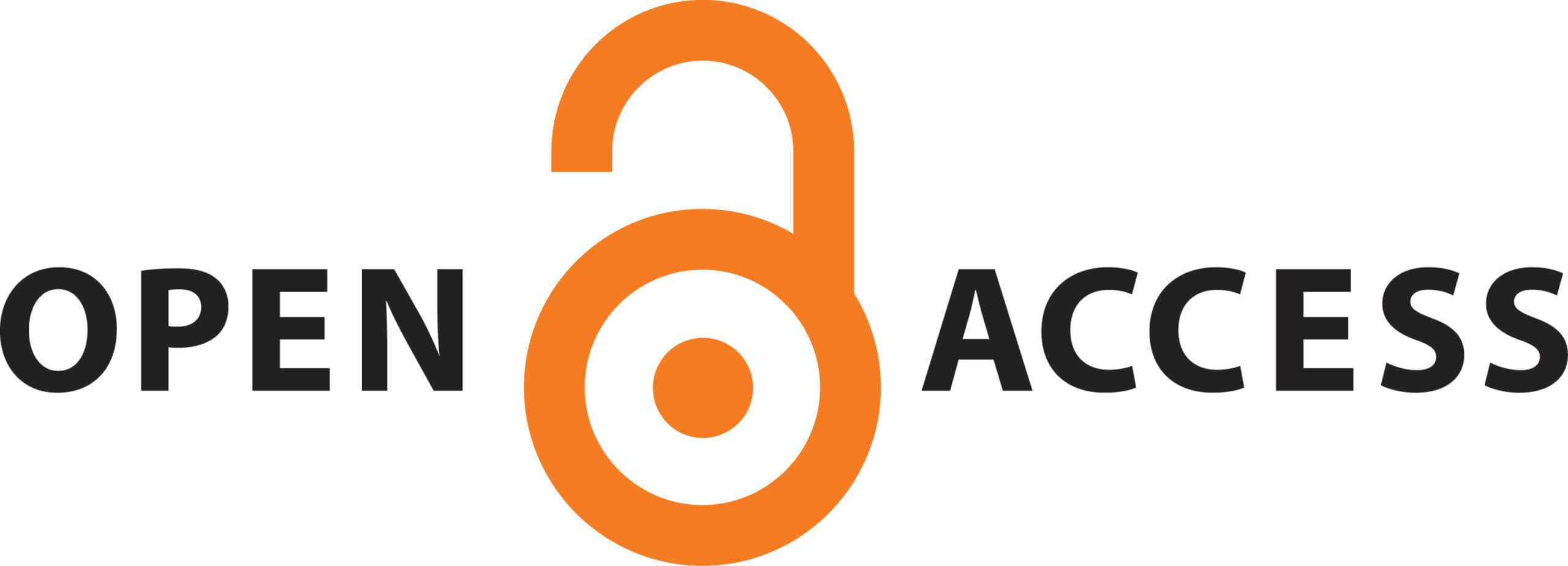In Female Consumption Patterns of Digital Media: An Analysis of Ait Live Platform
Abstract
In an era marked by evolving media landscapes, understanding why women choose to engage with digital media and what they seek to gain from it is of paramount importance. This paper investigates the types of content that resonate with women, including news, business, sports, and their engagement metrics, such as likes, shares, and comments. Factors influencing consumption patterns, such as age, location, and education, are examined to provide a holistic perspective. Through the lens of the Uses and Gratifications Theory and Feminist Theory, the paper looked at the motives behind women's digital media engagement, including the desire for information, entertainment, social interaction, and empowerment. This analysis aims to shed light on the multifaceted nature of women's digital media consumption patterns, revealing the underlying needs and gratifications that drive their interactions with AIT.LIVE news platform. The paper finds that female users on the digital media platform AIT.LIVE exhibit varying patterns of visit frequency and duration, suggesting that the platform is adaptable to the diverse lifestyles and schedules of its female audience. The paper recommends that AIT.LIVE should continue to support diverse content creation, especially by female influencers, to ensure that women find varieties of content that resonates with them. Ultimately, the research contributes to a deeper understanding of how digital media can be tailored to better serve the diverse preferences and needs of female audiences in the Nigerian context.
Keywords: Female, Digital media, Consumption patterns, News, AIT.LIVE
Downloads
Published
How to Cite
Issue
Section
License
Copyright (c) 2024 UCP Journal of Mass Communication

This work is licensed under a Creative Commons Attribution-NonCommercial 4.0 International License.








